Alocasia: all about the elephant ear plant
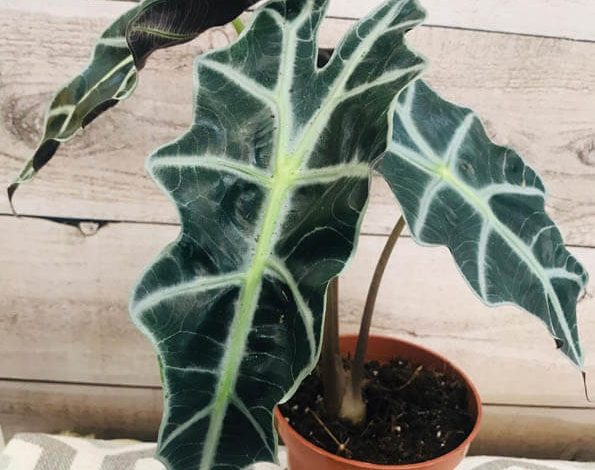
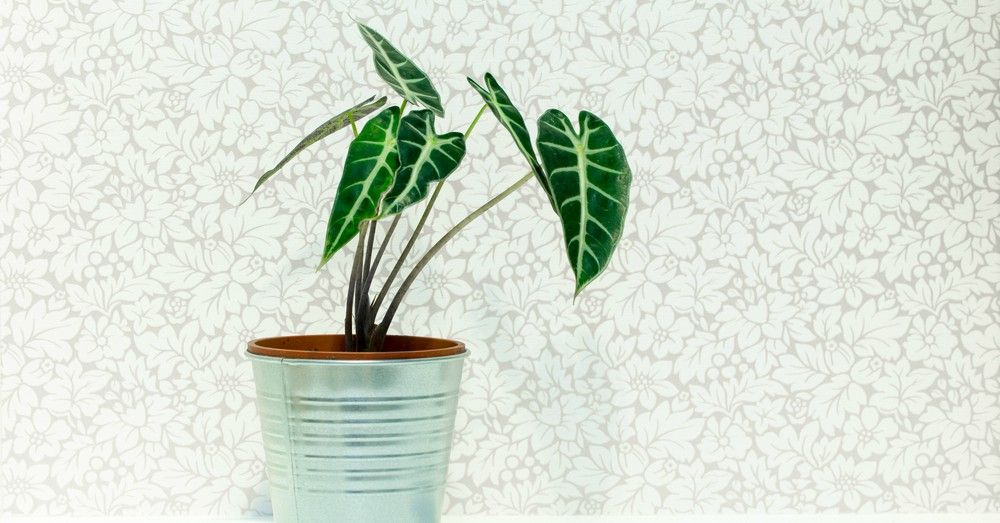
Due to its irresistible beauty, the Alocasia or elephant ear plant is one of the most demanded to decorate interiors. Perhaps it is the exoticism of its leaves that captivates or, perhaps, it arouses passions due to its characteristic intense green. Whatever the reason, the elephant ear plant is a perfect option to have inside the house. Also, if we live in a warm climate, we can also grow it outdoors. A perfect choice if we want to create a set with tropical tints, even playing with different types of palm trees for the garden.
From Tropical Asia, the Alocasia or elephant ear plant is characterized by the size of its leaves. Some that simulate those of the animal that baptizes it and that will grow according to the space they have. Therefore, if we want to see them grow properly, we will have to provide them with a good-sized container. But beware: the elephant ear plant does not only grow when it comes to its leaves. It also does so in height, being able to reach a wingspan of up to five meters.
Knowing its virtues, let’s go into detail in its care. Some simple and undemanding ones for a resistant plant that only needs some other care.
SHADE, WARMTH AND GOOD HUMIDITY: A VITAL TRIO FOR THE ELEPHANT EAR PLANT
Despite being an exotic plant, the Alocasia does not present many complications in its cultivation. That yes: it is not a suitable plant for those who forget the irrigation. And we say this because humidity is precisely one of its greatest demands.
Given its origins, the elephant ear plant demands constant and generous watering. On the one hand, with regard to the substrate. It is important that we water it frequently, especially in the sunny months. During the cold months, it will suffice to reduce the irrigation pattern. To know when it is time to water the Alocasia, the ideal is that we touch the substrate. Ideally, the surface should be slightly dry between watering and watering.
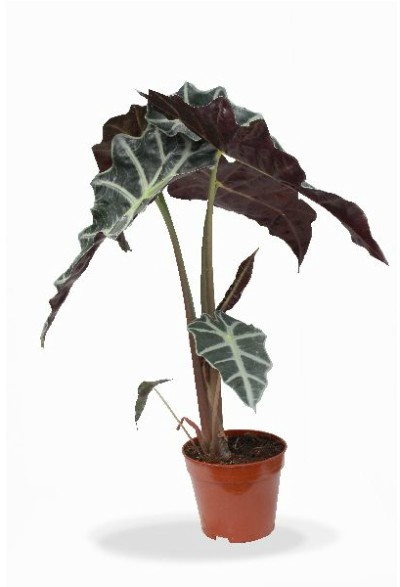
On the other hand, and in addition to the substrate, this plant needs environmental humidity. Hence, it is more than advisable to spray water on its leaves or even have a humidifier in case we live in a dry climate. This aspect is important, since the elephant ear plant is often the target of an unappetizing pest. So, before we consider how to combat the red spider, the ideal is that we avoid its appearance.
Where we plant it, key to the elephant ear plant
And if irrigation is important, it is no less important where we place it.
If we have it outdoors, the ideal is for it to be in a shaded or semi-shaded space. In case of receiving direct sunlight, the easiest thing is for its leaves to discolor and burn. A curious aspect, that of not being in the sun, which contrasts with its temperature needs. The elephant ear plant demands a rather warm space and, if it is planted outdoors, always protected from the wind. If we have it planted outdoors, the ideal is that it be in a pot. This way we can put it under cover if we see that the thermometer takes between 4 and 7 degrees.
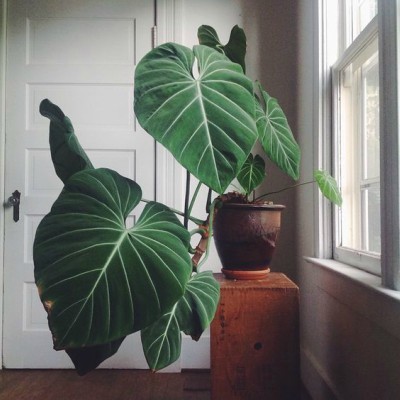
However, if we grow it indoors, the ideal is for the elephant ear plant to be located in a very bright space. Of course: again, away from direct sun.
In addition, if we want to ensure its growth, it is essential that we allow it to live in a slightly larger pot every two years maximum. Giving it space to spread its roots will be synonymous with seeing its spectacular leaves grow in size.
SUBSCRIBED, THE HELP YOU NEED TO REBURN IN SPRING
During the winter months, we may see the leaves of our plant fall off. Something that may seem like an alarm symptom to us but that, in reality, may be part of the normal process of the elephant ear plant.
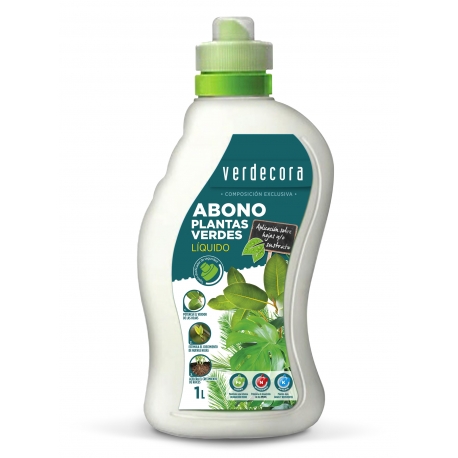
Although we should not worry, we should with the arrival of spring. That is when the elephant ear plant really needs our help. And it is that it is at this time of year when it begins to sprout, a task for which it will need extra nutrients. To do this, the ideal is that we frequently apply a specific organic fertilizer for green plants or plants with leaves.
And, now that you know more about the elephant ear plant, do you dare to include it in your home?

![Photo of Cucurbits Angular Spot: [Characteristics, Detection, Effects and Treatment]](https://www.complete-gardening.com/wp-content/uploads/2022/08/cucurbits-angular-spot-characteristics-detection-effects-and-treatment-390x220.jpg)
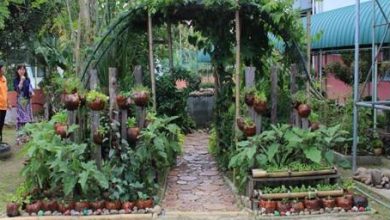
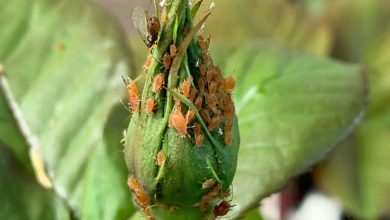
![Photo of Apple Tree Diseases and Pests: [Identification and Treatment]](https://www.complete-gardening.com/wp-content/uploads/2021/06/qué-necesitamos-para-sembrar-un-manzano-390x220.jpg)